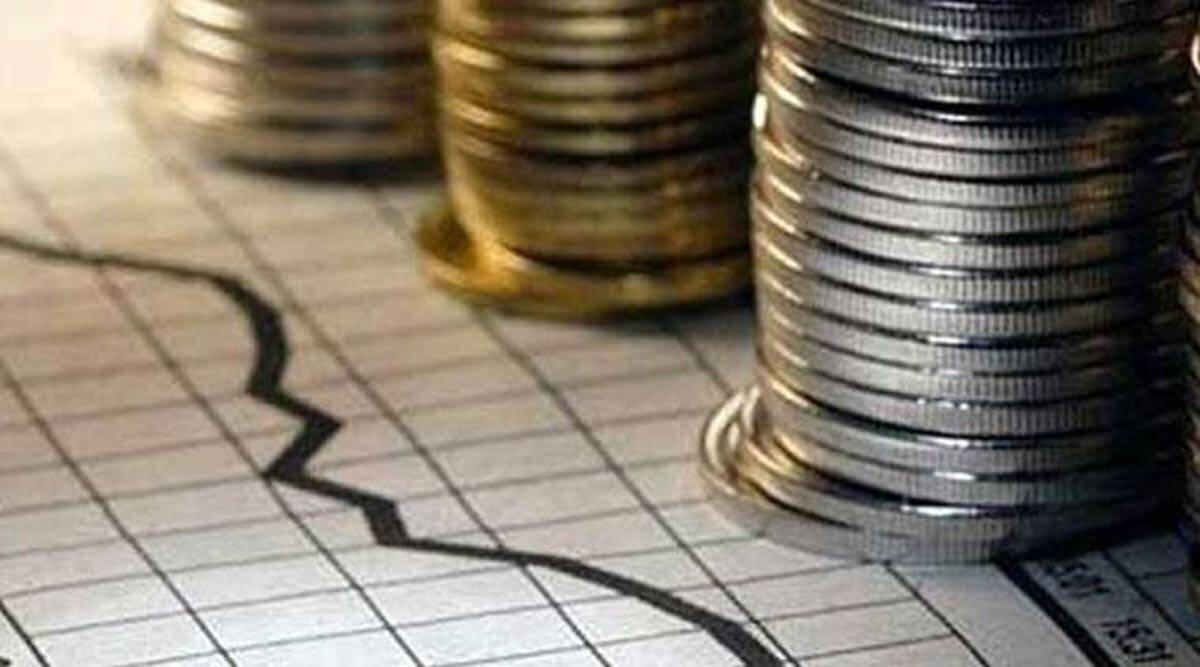World Economic Forum, 21 Jan 2022; Mo Chatterji, Project Fellow, Scale360°
Click here for access to the full article
- Clothing production has doubled in the last 15 years while clothing use has shrunk by more than a third.
- The fast fashion business model is unsustainable, with its low manufacturing costs and reliance on consumer demand.
- The circular economy aims to address the environmental, social and waste impacts whilst changing our consumer habits.
Changes ahead to how you’ll buy, use and sell clothes in a circular economy:
The circular economy will reshape the apparel industry. In the circular economy, products are designed and sold in such a way that they are used for longer and can maintain their value for longer. Here are some of the changes you can expect and the impact they’ll have.
1. You’ll rent out your next outfit (and know its resale value)
2. Sales triggered by oversupply will be less common
3. You’ll repair items when hems tear and zippers break
4. You’ll wear more new clothing made from recycled materials
5. Your jeans will get a redesign
It’s time the fashion industry had a makeover
The changes emerging in our stores and closets are merely symptoms of wider industry shifts, ones made possible thanks to a growing awareness of the changes leaders across the sector are prioritizing. For instance, a new supply chain law in Germany will force companies to develop systems for identifying and addressing human rights violations in their supply chains: a similar piece of legislation is being raised on a European level.
Awareness from consumers, retailers and governments will continue to reshape the sector, protecting workers and the environment in the process. This sort of makeover has been long overdue – but it will continue to turn heads for decades to come.







